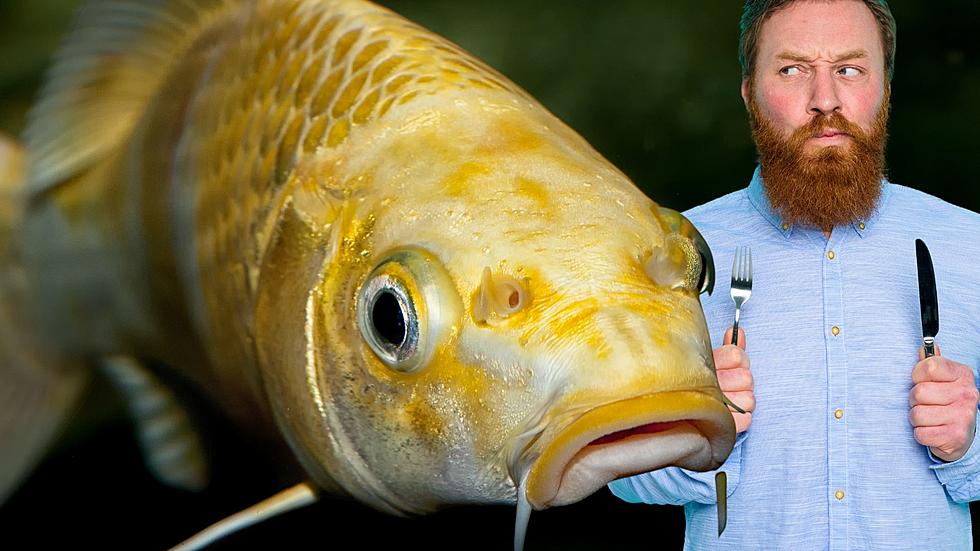
Experts: Eat This ‘Environmental Time Bomb’ Before It Reaches Lake Michigan
It's no secret that environmentalists and scientists have been fighting an uphill battle against the Asian Carp in the Illinois River. Initially introduced in the U.S. to help purify some bodies of water, the invasive, non-indigenous species has now spread into some of our largest waterways.
But now, environmentalists are initiating a new tactic to further cull the population that could endanger The Great Lakes... EAT THEM!

Also known as the Silver Carp, the fish was first introduced to the U.S. in the 1970s to help purify the water in catfish ponds. But, over time, the population spread through narrow streams, flooding events, and accidental introduction to some bodies of water, and now, is the No. 1 biggest invasive threat to species in Midwest waterways.
Mark Morgan is an associate professor with the University of Missouri - Columbia, and has studied the fish for more than a decade.
"The river that's most affected is the Illinois River, which runs from Chicago to St. Louis. That Waterway has the most Asian Carp of any place on the planet, including China - and that is where the fish first came from."
Of course, two major bodies of water are connected to the Illinois River - the Mississippi River on the south end, and Lake Michigan to the north.
"It's an environmental time bomb."
As the population grows, it becomes increasingly difficult to contain them, especially when they have the ability to jump out of the water in groups, and can weight between 20 and 80 pounds.
But the population growth has become so severe, that Morgan is now pushing an initiative he started in 2015 much more aggressively - Eat MO Carp.
Can You Safely Eat Asian Carp?
While most fishermen believe carp isn't the best fish to cook and consume, the Asian Carp, according to Morgan, is actually considered a delicacy in it's native Asia, being low in metal content, and very rich in nutrients. Not to mention, they can reach massive sizes.
The initiative doesn't just encourage people to fish, and eat the carp more often, but it also is being used as a way to combat hunger and malnutrition. In 2018, Modern Conservationalist reported the organization processed carp for consumption to underserved communities in Haiti.
But the bottom line for Morgan is the reduction of the carp population in the U.S.
"Carp have been prevented from entering Lake Michigan because of electrification, but the army is amassing the troops. Now our focus should be on reduction, not simply prevention."
Should the carp make its way into Lake Michigan, The Great Lakes Fishery Commission says it could pose great risks to the native ecosystem and local fishing industries, and could eventually spread through the entire Great Lakes network.
Gone Fishing? Never Eat These Fish Caught in Southwest Michigan
Gallery Credit: Jacob Harrison


